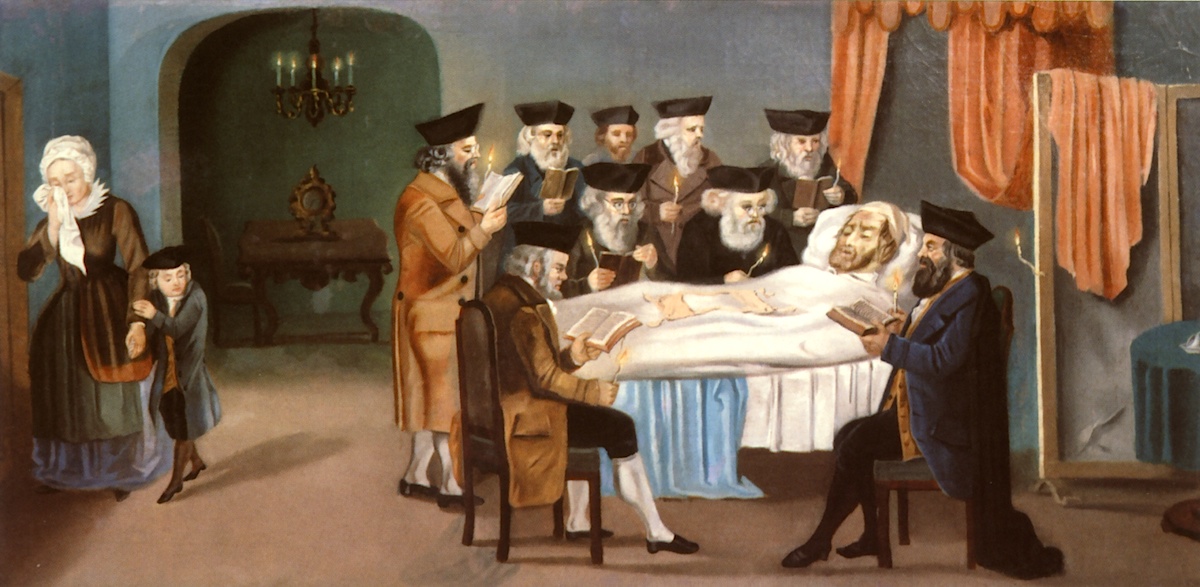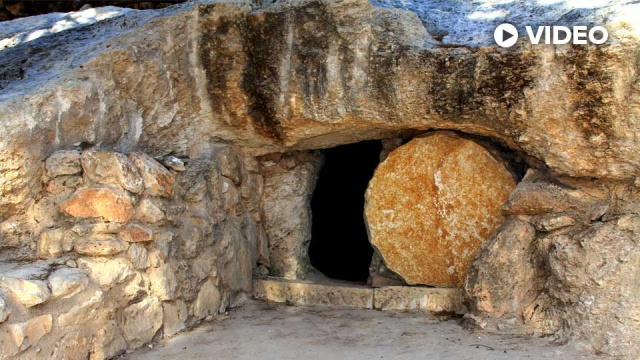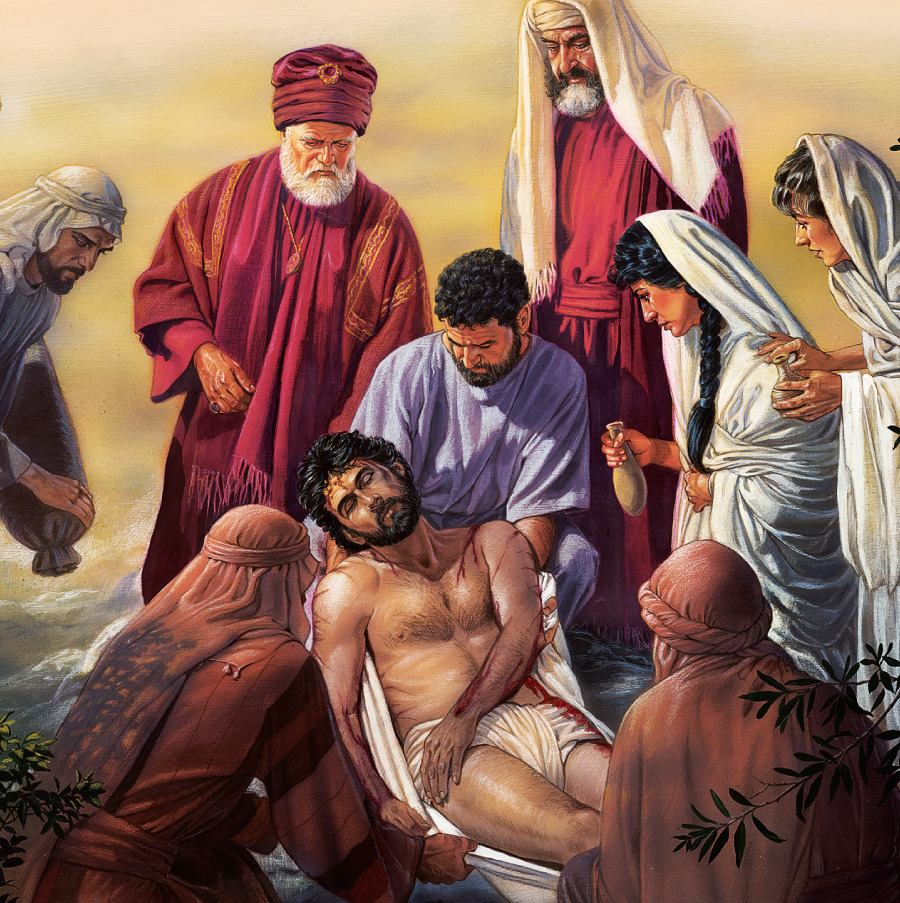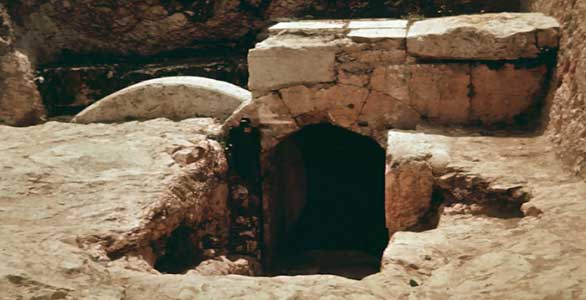Jewish Burial Customs In Bible Times
Sources of material about manners and customs of bibleland arabs. Women wore gold nose rings.

Pin On Funeral Paintings Artwork
And let the dead bury their dead.''

Jewish burial customs in bible times. What does jewish law state? It is not advisable for his body to remain in bed all night long. The preparation of the corpse for burial further included trimming the hair, the only exception being unmarried girls, who were buried with their hair loose, just as brides were brought to their.
1 time of burial the hebrews buried their dead immediately, no later than a day after the person passed away. In larger communities it became common for individuals or informal volunteer groups to aid those who would struggle with the effort due to age, poverty, or debilitating grief. According to jewish law, the body is washed and not embalmed.
Additional customs surface in the biblical accounts: It is customary for jewish burials to take place within 24 hours of death. After the flesh decomposed, the dried bones were collected and put in a stone box called an ossuary, as was the custom in jesus’ time.
Avoiding grooming —“do not anoint yourself with oil, but behave like a woman who has been mourning many days for the dead” (2. The hands and feet were tied with strips of cloth. Literary depictions often suggest that perfumes or ointments were used for this washing.
The corpse was washed, and then wrapped and bound. Being a pallbearer is considered a great privilege. This is the moment when the infant is welcomed into the jewish community and is brought into the covenant god made with abraham according to jewish tradition.
All of this happened in very short order; The hands and feet were tied with strips of cloth. The sabbath rest required by the law of moses prevented the jews from caring for funeral arrangements on that day.
Placing the corpse in the earth or in caves of the rock, the chief modes adhered to by the jewish people of disposing of the dead (gen. Jewish law, therefore, demands that we bury the deceased within. Once this was done, relatives and friends could come to the home to say goodbye to the deceased for the last time.
Women had gold bracelets on their wrists and on the ankles. The traditions, rituals and customs for jewish burials provide that the body is buried in a plain and unordained wooden casket. In jesus’ day, the custom was for the body to be wrapped elaborately in a shroud and the face covered with a special cloth called a sudarium.
The body then was washed with warm water (cf. It established this requirement by both a positive and a negative command. There are some exceptions to this rule, and most of those have to do with religious observances.
The jews' concern for avoiding contamination of themselves. The nails and hair were trimmed, and the body was anointed with ointment in preparation for burial (cf. Fasting for saul and jonathan (2 samuel 1:12);
After the conclusion of the funeral, the casket is carried by hand to the burial site if possible, usually by family and close friends. According to the jewish encyclopedia, this custom stems from the mosaic law, which ordered that any person hung from a tree or cross as a form of execution, should be taken down and buried within a day after death. The bible, in its mature wisdom, required burial to take place as soon as possible following death.
In today’s orthodox communities, funerals are rarely held so quickly. Jewish tractate semahot, men could only prepare the corpse of a man, but women could prepare both men and women. Purportedly, there was great burial ostentation in that era.
Evans pointed out that knowledge of the burial customs of jesus' time can enhance our understanding of certain new testament passages. The burial traditions of first century jews in the new testament of the bible reflect their respect for the dead and infer a belief in the immortality of the soul, which survives the physical death and goes to live with the spirits of its ancestors. For the king’s decree commanding jews to be killed, ;
Facts and stories of jewish traditions and customs. In this way, the family could make space in the tomb for future burials. Tearing clothes and putting on sackcloth (a rough, black cloth) for avner (2 samuel 3:31);
Some angle bracelets had small bells. Matthew 27:59, mark 15:46, and luke 23:53 describe jesus’ body being wrapped “in linen cloth,” not “in a linen cloth.” john 19:40 is much more specific, describing strips of linen cloth (not a single sheet, as is the shroud of turin), “in accordance with jewish burial customs.” Women wore necklaces made of gold or pearls.
This was in accordance with jewish burial customs. The torah, a sacred jewish scripture, instructs us to bury our departed one day after their death. Once the body and been prepared, relatives and friends could come to the home to say goodbye for the last time.
As mentioned, jewish law mandates that the burial should take place within 24 hours after death. By the time of christ, the custom was that the body was elaborately wrapped in a shroud and the face was covered with a special cloth called a sudarium. In biblical times it was the obligation of a jewish family to care for their dead and bury or entomb them, but it was also regarded as one of the laws of humanity not to let any one lie unburied.
Jesus tells the disciple, ``follow me; Positively, it stated, thou shalt surely bury him the same day. negatively, it warned, his body shall not remain all night (deuteronomy 21:23). This custom, called the “purification of the dead,” still prevails among the jews.
The casket is usually closed and the funeral service conducted by a rabbi is usually short, reflective and solemn. On the eighth day of life, jewish boys are ritually circumcised in a ceremony called a b’ris, or covenant. Burial traditions in the new testament.
The burning of the bodies of saul and his sons was exceptional, and is explained in. As soon as death was certain, the deceased’s eyes were closed;

The Tomb Of Jesus First Century Jewish Burials

Burial Preparations Of The First-century Jews Did You Know

Pin On Yeshua Ha Maschiach

Pin On Ilustraciones Literarias

The Tomb Of Jesus First Century Jewish Burials

Pin On Crafts Holiday Ideas

Pin On Jewish Beliefs

Tombs Of Esther And Mordechai Holy Land Israel Ancient Israel Historical Place

5b Chevra Kadisha Ritual Practice And Liturgy 722 Psalm 23 - A Commentary Psalms Psalm 23 How To Apply

Jewish Traditions For Death Burial And Mourning Rohatyn Jewish Heritage

Ancient Tombs Burial Customs - What Archaeology Shows

Pin On Bible Art

That The World May Know A New Tomb

The Tomb Of Jesus First Century Jewish Burials

Pin On Bible Art

The Garden Tomb In Jerusalem Basilica Of The Annunciation Jerusalem Jesus Tomb

Print Of Nativity Dore Bible Illustrations Art Engraving Illustration

Pin By Michelle-shelley Delabre-bjork On Bucket List Jerusalem Israel Holy Land Israel Bible Land

Jewish Traditions For Death Burial And Mourning Rohatyn Jewish Heritage